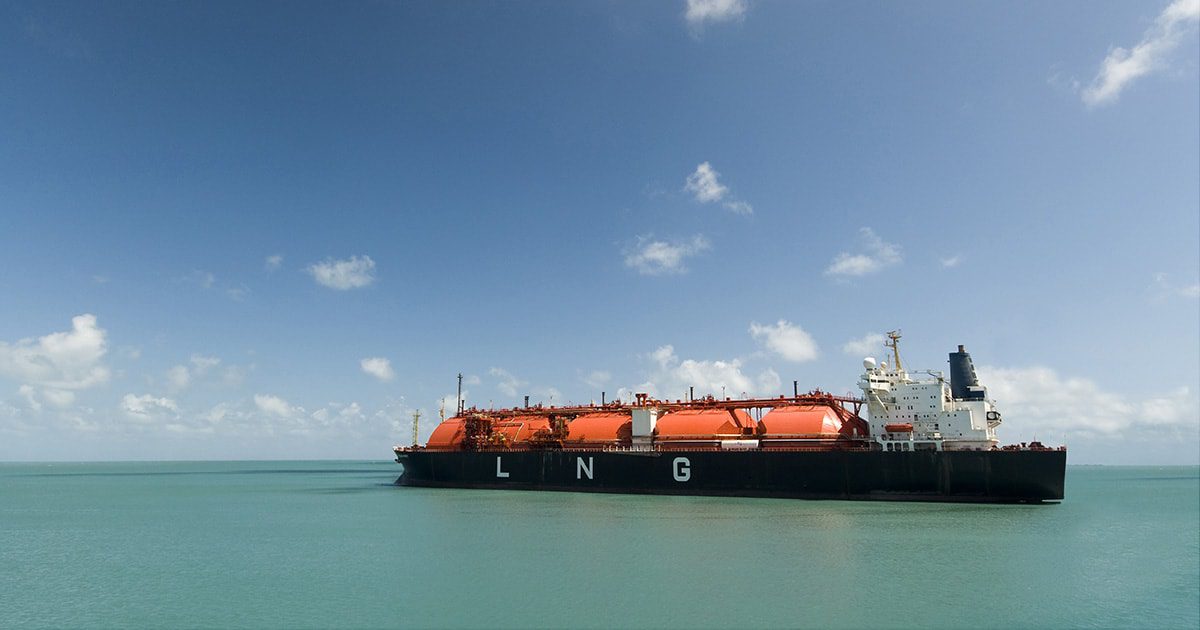Guyana’s largest planned oil development operation to date, the Uaru project, could export gas in addition to oil, if the partners decide to go that route. The new floating production, storage, and offloading (FPSO) vessel to be used for this project will have accommodations for it.
This was revealed in the Environmental Impact Assessment (EIA) for the project by consultant, Acorn International. However, the catch is that gas production for exports would result in reduced oil recovery. This appears to be counterproductive to Exxon’s and the Guyana government’s goal of maximising oil production early.
Acorn said that a gas export study was conducted for the Uaru project to evaluate the impact gas exports would have on oil production forecasts. The results from the study indicate that any reduction in injected gas would result in reduced oil recovery.
For this reason, the current development plan does not include gas exports, Acorn said. But space accommodation and limited facilities are provided on the FPSO as a “prudent pre-investment” to enable potential for future export at a later stage of development. Acorn said any proposal for implementation of gas export would be addressed under a separate Environmental Authorisation process and is therefore outside the scope of the EIA for the Uaru Development project.
Like the reservoirs involved in projects before it, the Uaru project reservoirs (Uaru, Mako and Snoek) contain substantial quantities of associated gas, the EIA stated. The proposal from ExxonMobil is for some to be used as fuel for gas turbines to power the FPSO, and for the rest to be reinjected to maintain reservoir pressure and improved oil recovery.
One analyst, Arthur Deakin, Director of Energy at Americas Market Intelligence, has said Guyana’s gas can serve as a partial replacement for Russia’s supply to Europe.
Presently, Guyana only has plans to use associated gas from Exxon’s Liza projects for power generation to meet domestic demand, and to use natural gas liquids (NGL) for other local demands. The first phase of the Gas-to-Energy project is expected to come onstream in 2024.



